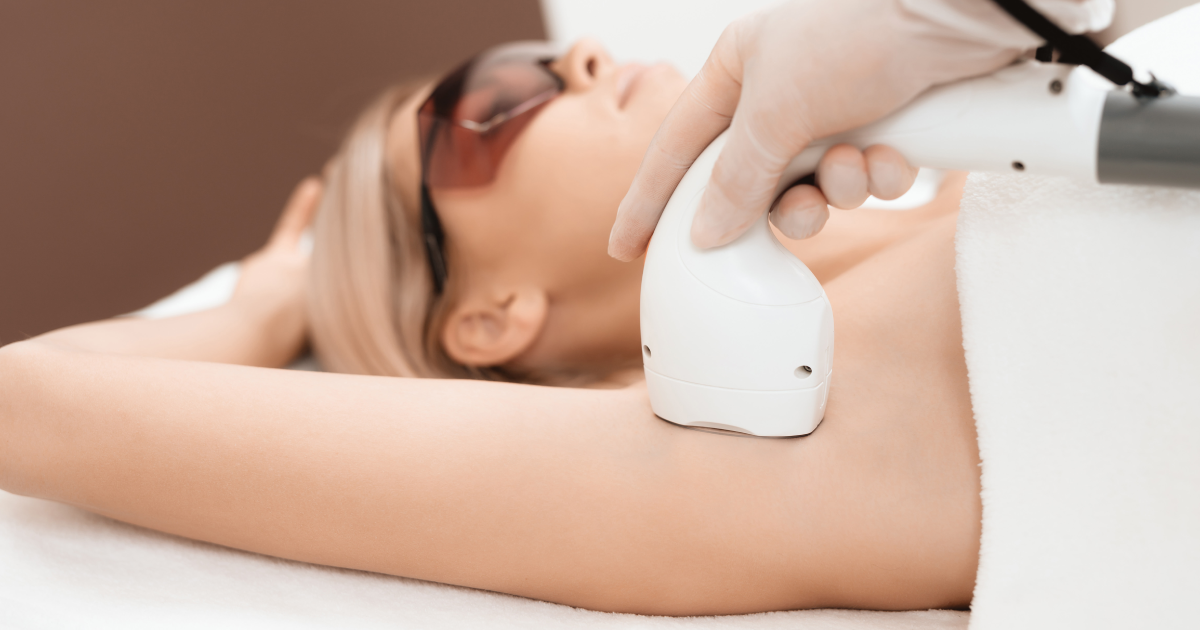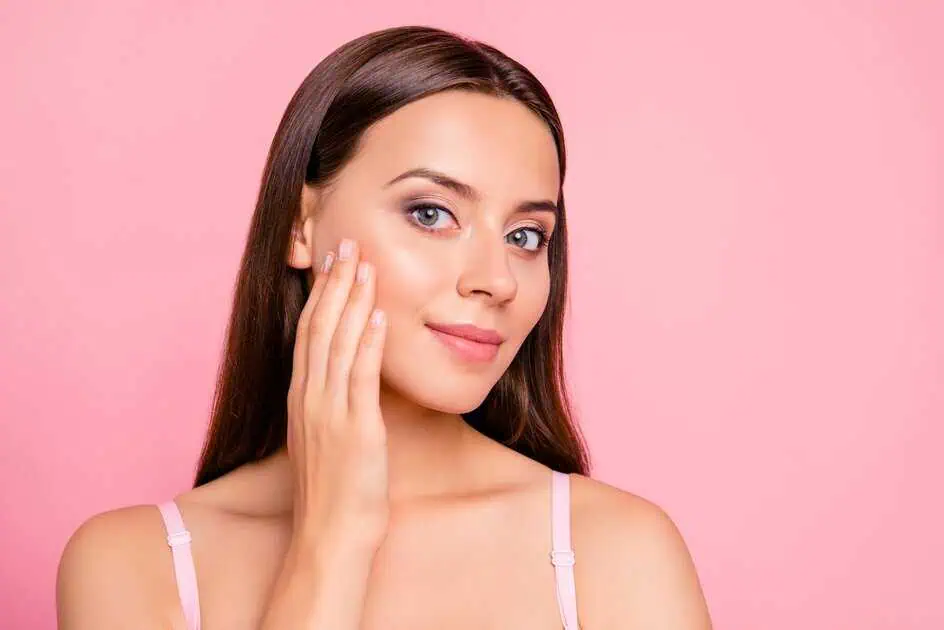Table of Contents
Have you been considering Botox or fillers for your face? Are you knowledgeable about the difference between the two? If so, this blog is for you! This article will discuss why you should consider one over the other and how they differ. We’ll also provide information about frequently asked questions regarding botox and fillers.
Botox and fillers work in different ways.
Botox and fillers are two different types of products. While they both work to smooth out wrinkles, their mechanism is very different. Botox is a toxin that paralyzes muscles and reduces the appearance of wrinkles by relaxing the facial muscles that cause them. Fillers are made from hyaluronic acid (HA), naturally found in our bodies but decreases as we age due to reduced production or loss of elasticity. HA fillers can be injected into the face or body, where they act like a foundation for new collagen production, plumping up the skin and smoothing out fine lines without affecting muscle movement as Botox does.
While both treatments can be used on any area of your body where you want less visible signs of aging–including hands, neckline, or chest–botox typically targets specific areas such as crow’s feet around eyes or vertical lip lines known as “smile lines.”
Botox is typically used on the face, while fillers fill out areas of the face and body.
Botox and fillers are both used for cosmetic purposes. Botox is typically used on the face, while fillers fill out areas of the face and body.
Fillers can fill out hollowed cheeks, lips, or tear troughs (the area below each eye). Fillers can also correct nose shape if you have a wide bridge or tip that makes you look angry all the time; never suitable for your dating life!
Fillers can cause bruising and swelling, while Botox doesn’t.
Fillers can cause bruising and swelling, while Botox doesn’t. Botox is injected into the muscle, not the skin, which means it isn’t as likely to cause bleeding or swelling if something goes wrong during an injection procedure. However, sometimes people experience bruising after getting Botox injections because they were sensitive to their doctor’s needle or had a reaction to one of their medications (which they might have been taking before treatment). Fillers are injected into your dermis–the second layer of skin beneath your epidermis–so they’re more likely than Botox to cause bleeding if there’s an accident during treatment (such as hitting a blood vessel).
Fillers typically last longer than Botox, which lasts around nine months on average.
Fillers typically last longer than Botox, which lasts around nine months on average. Fillers can last up to two years, depending on your age, body type, and the frequency of the procedure. There are several types of filler options you can choose from, and these are the following:
- Kybella is an injectable medication that reduces submental fat (double chin).
- Juvederm and Restylane are dermal fillers that add volume and smooth out wrinkles and folds in the face.
- Botox and Dysport are neuromodulators that temporarily paralyze the muscles in the face to reduce the appearance of wrinkles and fine lines.
Aside from taking note of these various kinds of fillers, some other vital factors set botox and fillers apart:
Fillers don’t weaken natural facial muscles as Botox does.
Fillers don’t weaken your facial muscles as Botox does. As observed, this is a massive difference between the two treatments, but it’s not the only one.
Fillers are also a better option if you’re trying to strengthen your facial muscles. If you have lines around the mouth or forehead and want them gone forever, fillers may be an option, but only if you’re prepared for some extra work!
Filler results can range from subtle to dramatic, depending on the type of filler used and how much is injected into your skin.
- How much filler you need depends on the area of the body you want to fill and how big that area is.
- How much filler you need also depends on how deep it is and where it’s located (for example, under your cheekbones).
Consider consulting a doctor before choosing between fillers or botox.
If you’re considering getting Botox or fillers, it’s essential to know they aren’t the same thing. A consultation with a doctor can help you understand the differences between these options and help determine which one is right for your needs.
In addition to helping you understand each option, the consultation will also give an overview of any potential risks and benefits associated with each procedure. The doctor will also be able to guide you on what results can be expected from each process so that there are no surprises after treatment has been completed.
Cosmetic fillers have a wide range of benefits.
- Immediate results: Fillers can improve the appearance of wrinkles and other facial imperfections. These results are also natural-looking.
- Non-invasive: Unlike surgical procedures, cosmetic fillers are minimally invasive and require little to no downtime. They are considered great alternatives to complicated surgical procedures.
- Natural-looking results: When administered by a skilled and experienced practitioner, fillers can provide natural-looking results that enhance the appearance of the face. However, you may experience mild but temporary swelling after getting fillers, but all of these dissipate quickly.
- Long-lasting: Many fillers can provide results that last several months to a year or more, depending on the specific product and the area treated.
- Versatile: Fillers can be used to treat a variety of concerns, including fine lines, wrinkles, hollows under the eyes, thin lips, and more.
Takeaway
Fillers and Botox are used to address signs of aging, but they work differently. Botox temporarily paralyzes muscles to reduce wrinkles caused by facial expressions, while fillers add volume to areas of the face that have lost volume due to age or weight loss. The choice between these two procedures depends on your concerns and goals, and a consultation with a qualified provider can help determine the best option for you.
In Outer Banks Dermatology, Dr. Renee Glover can help you choose between botox and fillers by assessing your suitability for each procedure. Contact the best dermatology in Nags Head, North Carolina, USA!







